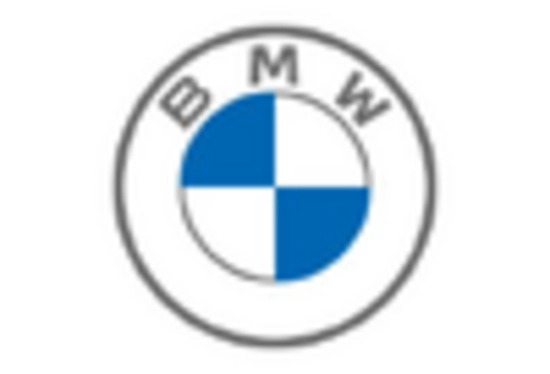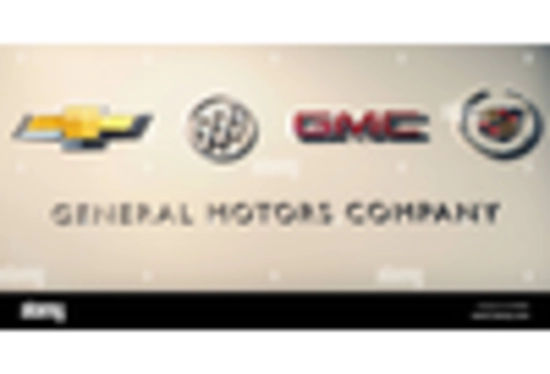The Motor Vehicle is currently characterized by intense competition and rapid evolution, driven by technological advancements, shifting consumer preferences, and regulatory pressures. Major players such as Toyota Motor Corporation (Japan), Volkswagen AG (Germany), and General Motors Company (United States) are at the forefront, each adopting distinct strategies to navigate this dynamic landscape. Toyota (Japan) emphasizes innovation in hybrid and hydrogen fuel cell technologies, while Volkswagen (Germany) is heavily investing in electric vehicle (EV) production and digital transformation initiatives. General Motors (United States) is focusing on a comprehensive transition to electric mobility, aiming to become a leader in the EV segment. Collectively, these strategies not only enhance their competitive positioning but also contribute to a rapidly changing market environment.
In terms of business tactics, companies are increasingly localizing manufacturing to mitigate supply chain disruptions and optimize operational efficiency. This trend is particularly evident in the context of a moderately fragmented market structure, where the influence of key players is substantial yet allows for the emergence of niche competitors. The collective actions of these major companies shape a competitive landscape that is both challenging and ripe with opportunities for innovation and growth.
In August 2025, Toyota Motor Corporation (Japan) announced a strategic partnership with a leading battery manufacturer to enhance its EV capabilities. This collaboration is poised to accelerate the development of next-generation battery technologies, which are critical for extending the range and performance of electric vehicles. Such a move underscores Toyota's commitment to maintaining its competitive edge in the evolving automotive landscape.
In September 2025, Volkswagen AG (Germany) unveiled its ambitious plan to establish a new manufacturing facility dedicated to electric vehicle production in North America. This strategic investment not only aims to meet the growing demand for EVs in the region but also reflects Volkswagen's broader strategy to localize production and reduce carbon emissions. The establishment of this facility is likely to bolster Volkswagen's market share and enhance its sustainability credentials.
In October 2025, General Motors Company (United States) launched a new initiative focused on integrating artificial intelligence into its manufacturing processes. This initiative aims to optimize production efficiency and reduce waste, aligning with the company's broader sustainability goals. By leveraging AI, General Motors is positioning itself to enhance operational performance while also addressing the increasing consumer demand for environmentally friendly vehicles.
As of October 2025, the competitive trends in the Motor Vehicle Market are increasingly defined by digitalization, sustainability, and the integration of advanced technologies such as artificial intelligence. Strategic alliances are becoming more prevalent, enabling companies to pool resources and expertise to tackle the challenges of the modern automotive landscape. Looking ahead, it appears that competitive differentiation will increasingly hinge on innovation, technological advancements, and the reliability of supply chains, marking a shift away from traditional price-based competition.

















Leave a Comment